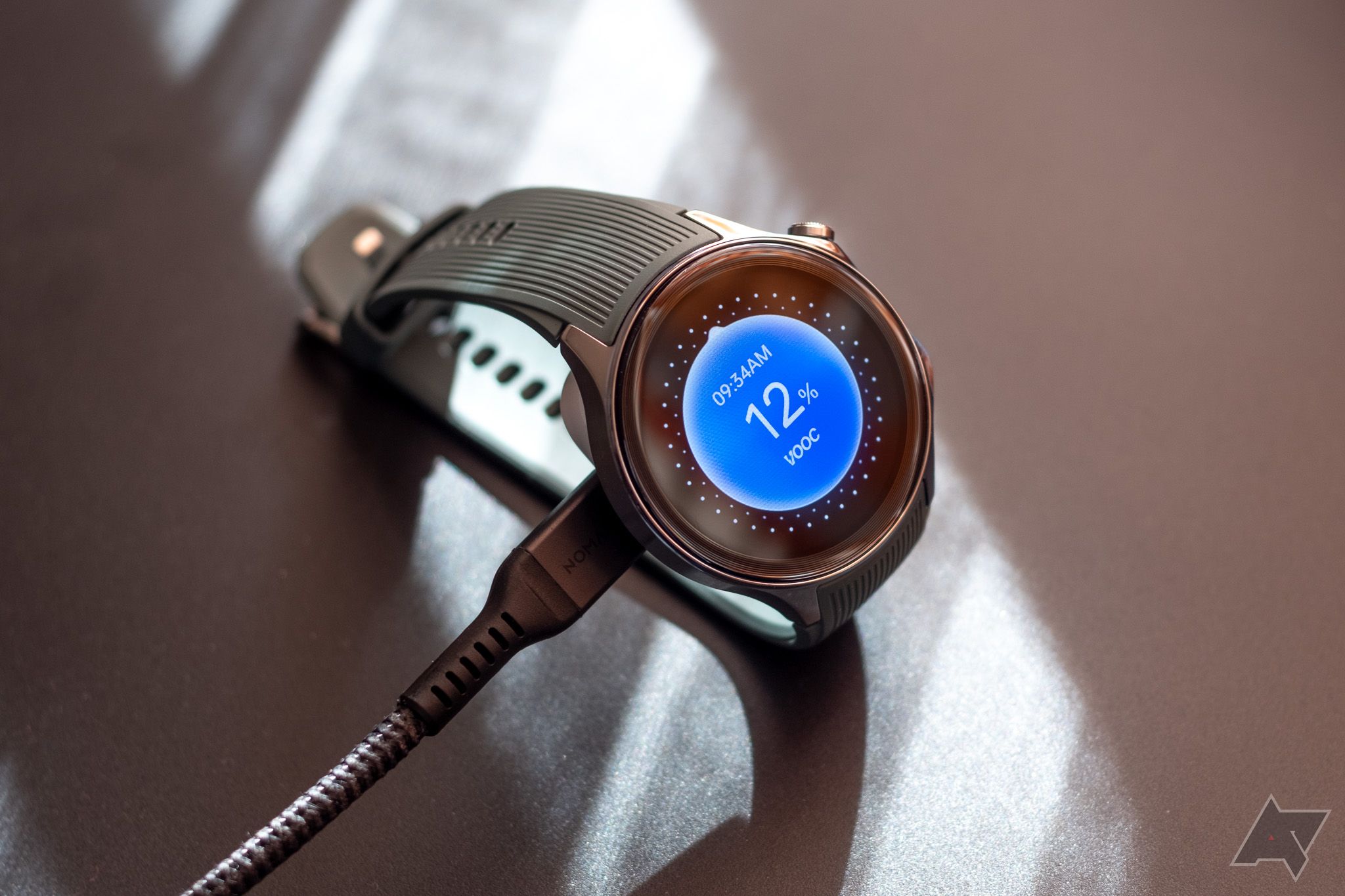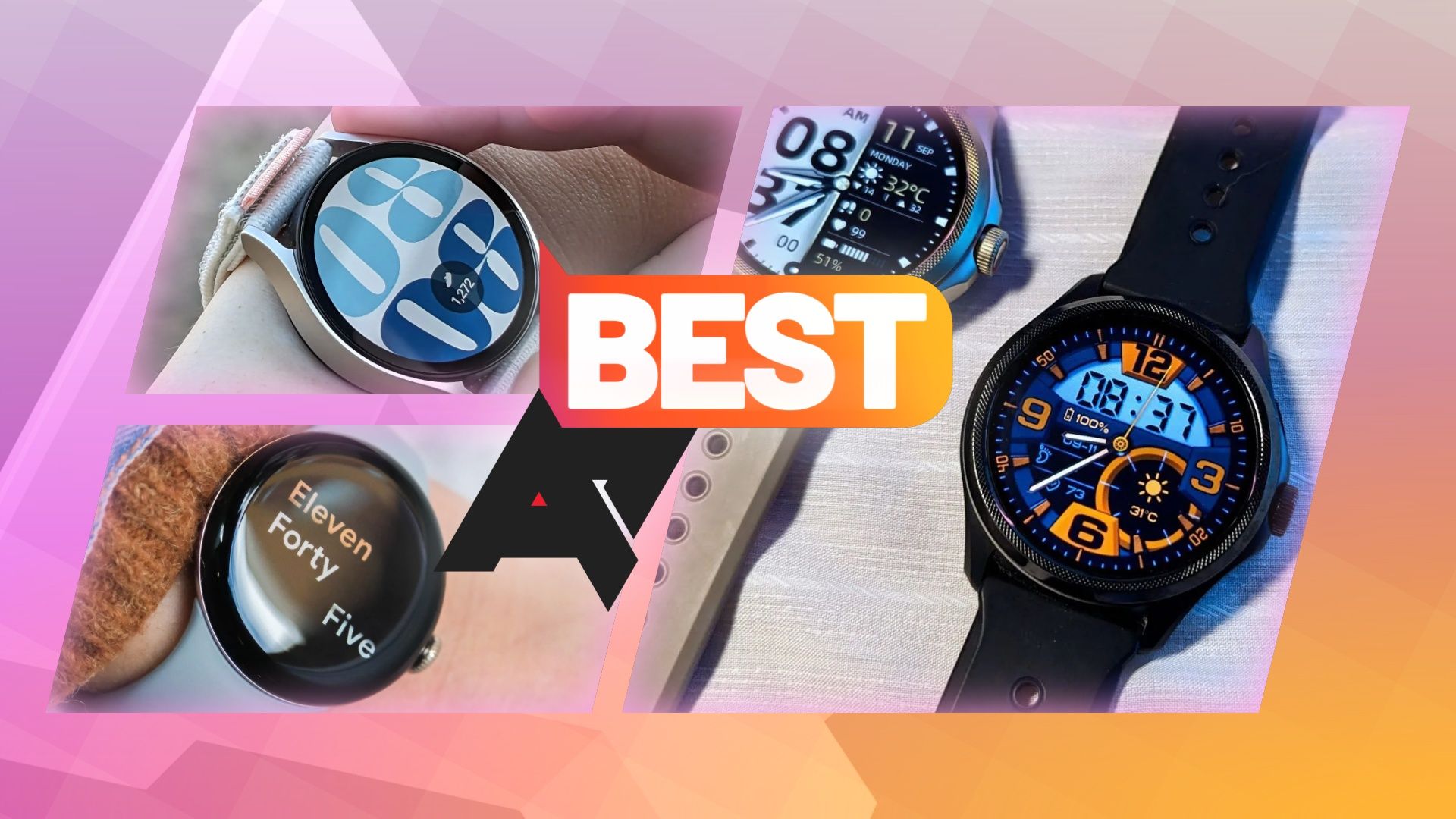Summary
- Wear OS 3 collaboration between Google and Samsung revived smartwatch platform – Wear OS back from near death.
- New Watch Face Format XML for designing smartwatch faces easier & more efficient, but limitations exist.
- Google pushes developers to use Watch Face Format for future Wear OS releases to maximize battery savings.
Google teamed up with Samsung to announce Wear OS 3 in May 2021 to help revive the platform. The move worked, bringing Google’s smartwatch back from near death and irrelevance. Two years later, at I/O 2023, the two companies again partnered to introduce the Watch Face Format, a new declarative XML format that makes designing Wear OS watch faces easier. So far, developers could use the older Jetpack or Wearable Support library to design watch faces for Android smartwatches and not take advantage of the new Watch Face Format. But this could soon change in the future.
Google emailed developers (via Mishaal Rahman) to inform them that they should use the Watch Face Format to “preserve the appearance of watch face complications on upcoming releases of Wear OS.” Watch faces using the legacy Jetpack Watch Face library or the Wearable Support library will soon be limited to showing basic data in complications, like the battery percentage, unread notification count, date, time, world clock, and an app shortcut. In some cases though, watch faces from device makers might show more complications despite using the older format.
You can also find the announcement from Google on the Android developer’s page for wearables.
While the new Watch Face Format is simpler, performs better, and is more battery efficient, it has certain limitations compared to the older formats. Many developers on Reddit point out the new watch face format does not support complex animations or in-app purchases.
So. why is Google forcing developers to use the Watch Face Format when it is not as feature-rich as the Jetpack or Wearable library? The answer could be the new hybrid Wear OS interface Google unveiled at MWC 2024. Apparently, watch faces made using the Watch Face Format can be rendered using an ultra low-power co-processor microcontroller (MCU). The latter barely sips power compared to the Snapdragon or Exynos AP used by most Wear OS watches, resulting in significant battery savings without compromising on user experience.

Everything you need to know about the Wear OS hybrid interface
Plus Google’s take on its potential for expanding to more smartwatches
By making WFF mandatory in future Wear OS releases, Google could ensure hybrid Wear OS wearables like the OnePlus Watch 2 deliver excellent battery life irrespective of the watch face you use. Here’s hoping the company improves the format to support new data sources and complex animations.





